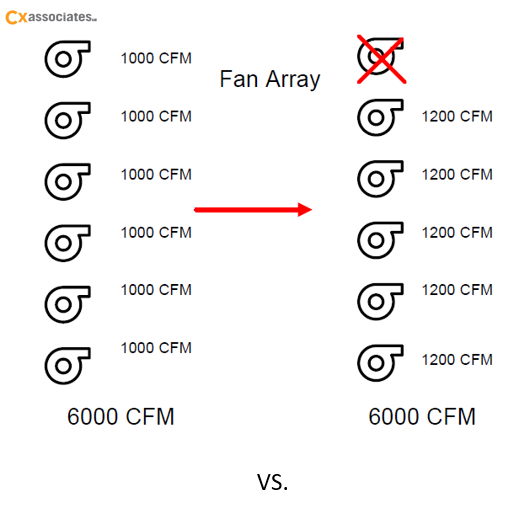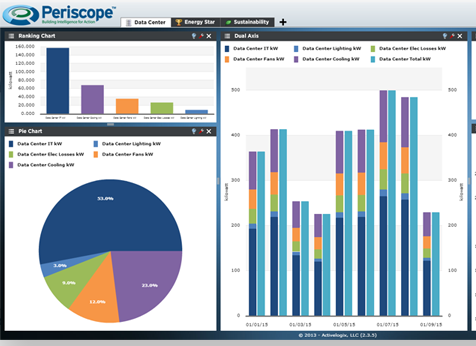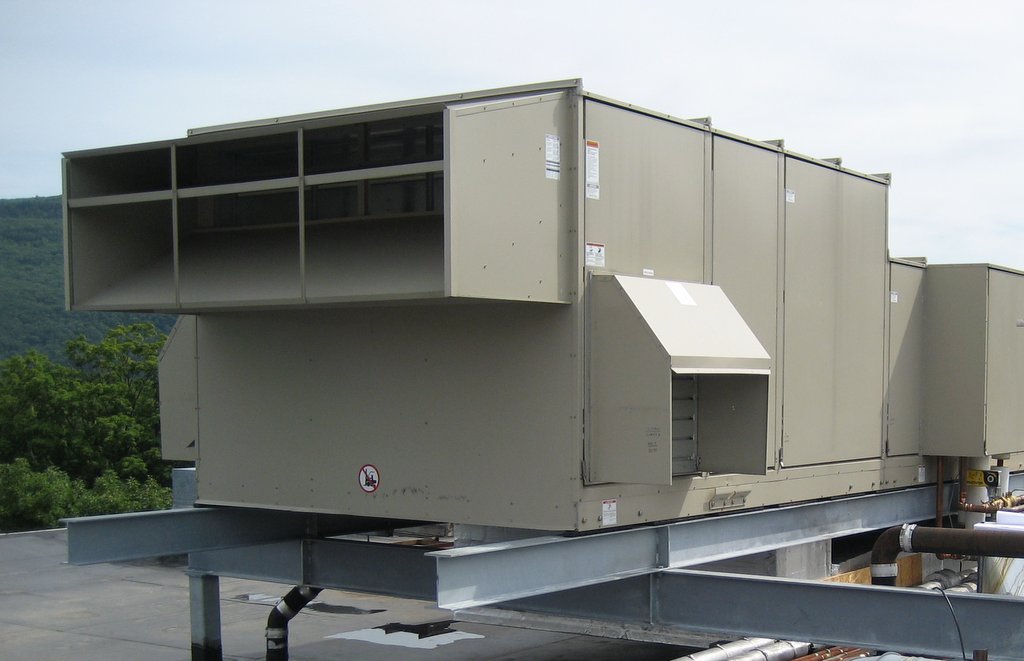If you’ve worked in the Building Automation Systems (BAS) industry, you’ve probably heard of LonWorks, BACnet, and Modbus. These three open system networking technologies have been the foundation of most building automation systems over the last decade. They allow devices from different manufacturers to communicate data without issue (most of the time) so that a building’s chiller, boiler, and pumps may all work together as one system to give a building owner an integrated system that enables a high level of functionality.
5 min read
BACnet vs LON – A Network Data Comparison
By Rick Stehmeyer on Jul 27, 2016 10:00:00 AM
Topics: Standards and Metrics Building Performance & Technology
4 min read
Leveraging Building Automation Systems During Construction
By Ben Fowler on Jul 13, 2016 10:00:00 AM
We are in the process of wrapping up an energy efficiency and building automation system upgrade project at an office building. The project involved converting an older boiler/tower heat pump loop system with constant speed pumping to variable flow, and the installation of a modern building automation system (BAS) with new energy efficient control sequences. The project has been a big success however, the project team experienced some challenges in really “dialing in” the controls. The main obstacle is that remote access to the BAS had not yet been established. Having remote access to building controls during the later stages of construction provides many benefits—including being able to monitor system performance remotely, review alarm logs and historical trends to identify problems, and even make adjustments on-the-fly to tune system parameters correctly. Without remote access we would have had to drive to the building, request access to a network closet from the property manager, plug into the server in a closet, and then spend time in a tight space trying to accomplish our goals before unplugging and heading back to the office. Needless to say it is not convenient to do frequently, and is expensive.
Topics: Building Cx & Design Review Building Performance & Technology
2 min read
Using a Fan Array for Air Handler Redundancy
By Walker Calderwood on Jun 29, 2016 10:00:00 AM
On a recent project at a large hospital Cx Associates examined the feasibility of consolidating two air handlers into one single air handler. One of the air handlers is nearing the end of its useful life, and is the reason this project was brought to Cx Associates. While making an in-kind replacement was looked at, the replacement of this air handler presented an opportunity to replace another that was also aging, and located in a position that would be difficult to replace in the future. By combining the two air handlers into a single air handler there was an opportunity to essentially upgrade two air handlers at once at a lower cost than replacing them individually at different times. Maintenance advantages can also be realized by reducing the number of air handlers to maintain in the facility by one.
Topics: Building Performance & Technology
4 min read
Building Monitoring with Energy Management Information Systems
By Rick Stehmeyer on May 25, 2016 10:00:00 AM
My whole life I’ve been a computer geek. Ever since I got my first TI-99/4 I started realizing that computers were a blank canvas of technology that I couldn’t resist drawing on. This passion carried me into Information Systems for my degree in college. In college I received an internship at a local Building Automation Systems (BAS) contractor programming HVAC systems. Through that internship I learned the value of using networked computer systems to generate actionable information, and how to automate a decision process from that information.
Topics: Building Performance & Technology
2 min read
Optimizing Air Handling Units for Energy Savings or Improved Comfort
By Walker Calderwood on May 11, 2016 10:00:00 AM
In commercial buildings all air handlers, whether they are mass produced roof top units or custom built indoor units, are built and installed with an outside air intake and damper. This outside air intake and damper has a large effect on both the energy use of a building and the indoor environmental quality (IEQ) of a building. When performing retro-commissioning, Cx Associates often finds these outside air dampers are not adjusted properly (or are broken entirely) leading to either high energy use or poor IEQ. By optimizing air handling units, energy savings or improved comfort (or both) can sometimes be achieved.
Topics: Building Performance & Technology
3 min read
Energy Visualization Through Building Data Analytics: Knowledge is Power
By Eveline Killian on Apr 20, 2016 10:00:00 AM
There are two ways to operate a building: passively or actively. Operating passively means the building performs its intended function – the lights are on and the building is temperate – but no one is monitoring and analyzing the operating costs or planning for equipment issues. Actively operating a building involves close monitoring of the building operating costs, thoughtful maintenance of building systems and their operating schedules, and capital planning for future equipment replacements. There is a new (relatively inexpensive) tool emerging on the market that can help both of these types of building managers move toward simple, effective, and knowledgeable operating oversight.
Topics: Standards and Metrics Building Performance & Technology
5 min read
Death of a Controlsperson
By Rick Stehmeyer on Apr 13, 2016 10:00:00 AM
A friend of mine recently sent me an article from the Automatedbuildings.com online magazine entitled “Death of the Controls Industry” written by Therese Sullivan (Principal of Building Context Ltd). The article contains summary of a presentation given by Darren Wright, Director at Arup. Darren Wright makes the case that we have a major problem in the building energy market, and it’s directly attributable to the controls business model still not being open source.
Topics: Standards and Metrics Building Performance & Technology
2 min read
Asset Management: a Transportation Systems Engineering Perspective
By Brent Weigel on Mar 23, 2016 10:00:00 AM
For many building operators and facility managers, it is generally accepted that there is too much to do, and not enough time or money to do what needs to be done. Facility management staff often fall into a routine of “putting out fires,” which takes time and resources away from preventative maintenance activities. The symptoms of this routine are a high percentage of expenditures for equipment failures and a large backlog of deferred maintenance. When I see the scramble of “putting out fires,” I often wonder what could be done differently to help stop the pattern of equipment failures and deferred maintenance.
Topics: Standards and Metrics Building Performance & Technology
3 min read
What is the Roof Top Unit Challenge?
By Katie Mason on Mar 2, 2016 10:00:00 AM
Recently I researched the “Roof Top Unit Challenge” which was created by the U.S. Department of Energy (DOE). What is the Roof Top Unit challenge? Launched in January 2011, the DOE released a design specification or commercial RTUs (Roof Top Units) with capacities ranging between 10 and 20 tons. RTUs built to match this specification are expected to have reduced energy usage by as much as 50% compared to a code compliant RTU. There is a large dependency on the building type and location of the RTU in relation to amount of energy savings. Since January 2011, top performing RTU manufacturers are working to design units that meet this specification. In this post, I will discuss what it takes for a unit to be part of the RTU Challenge and which manufacturers have models that are designed to meet this performance specification.
Topics: Energy Efficiency Building Performance & Technology
2 min read
Managing the Growth of Building Energy Management Systems
By Brent Weigel on Jan 20, 2016 5:50:34 PM
A recent blog post in Energy Manager Today highlights the increasing demand for, and utilization of, building energy management systems. The market for building energy management systems (BEMS) is expected to more than triple in size in less than 10 years. Furthermore, the use of BEMS may expand to include the significant energy consumption of transportation access to/from buildings (a topic I have blogged about previously). A BEMS can enable effective energy management if it provides the right information to the right people at the right time.










